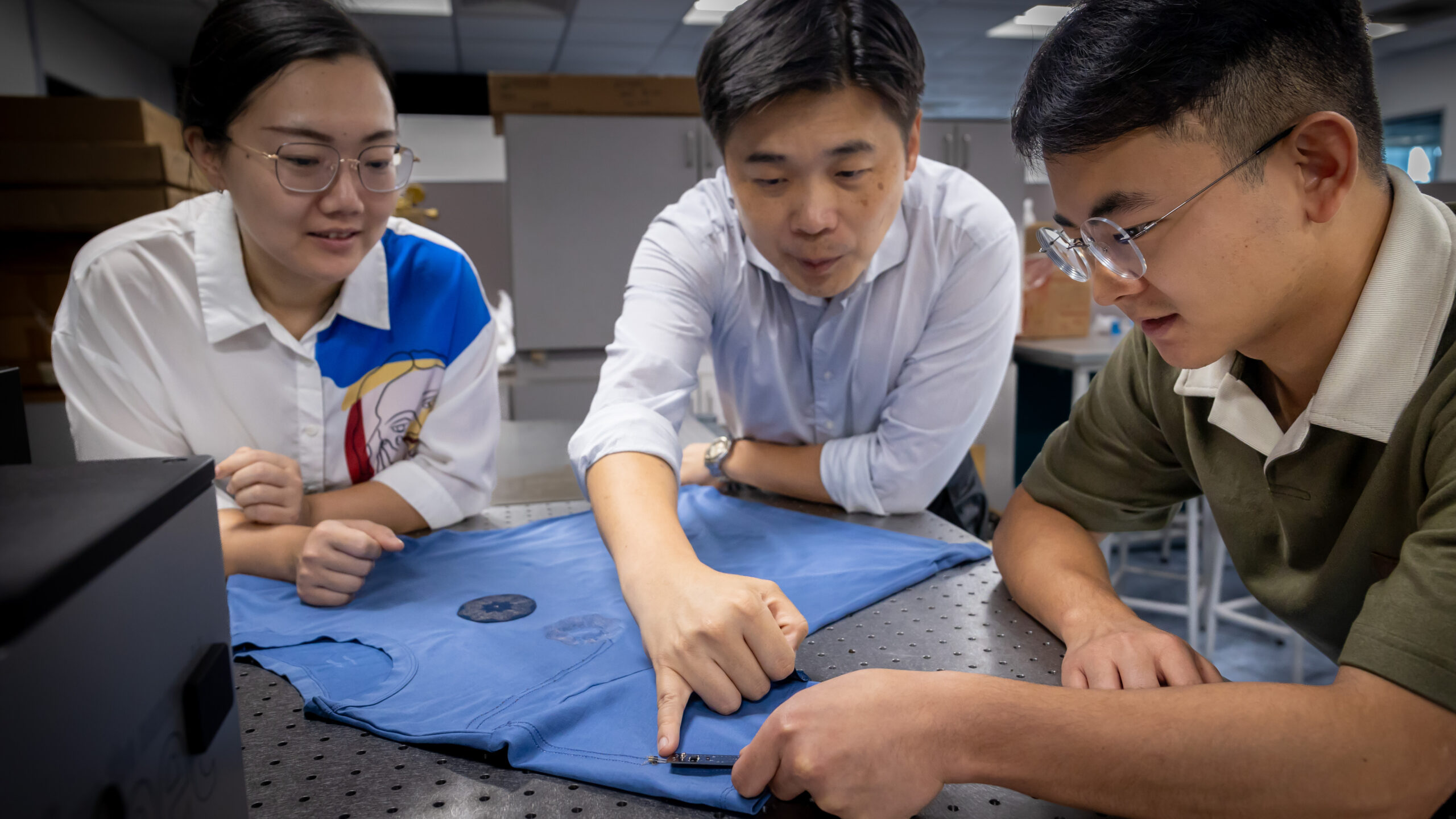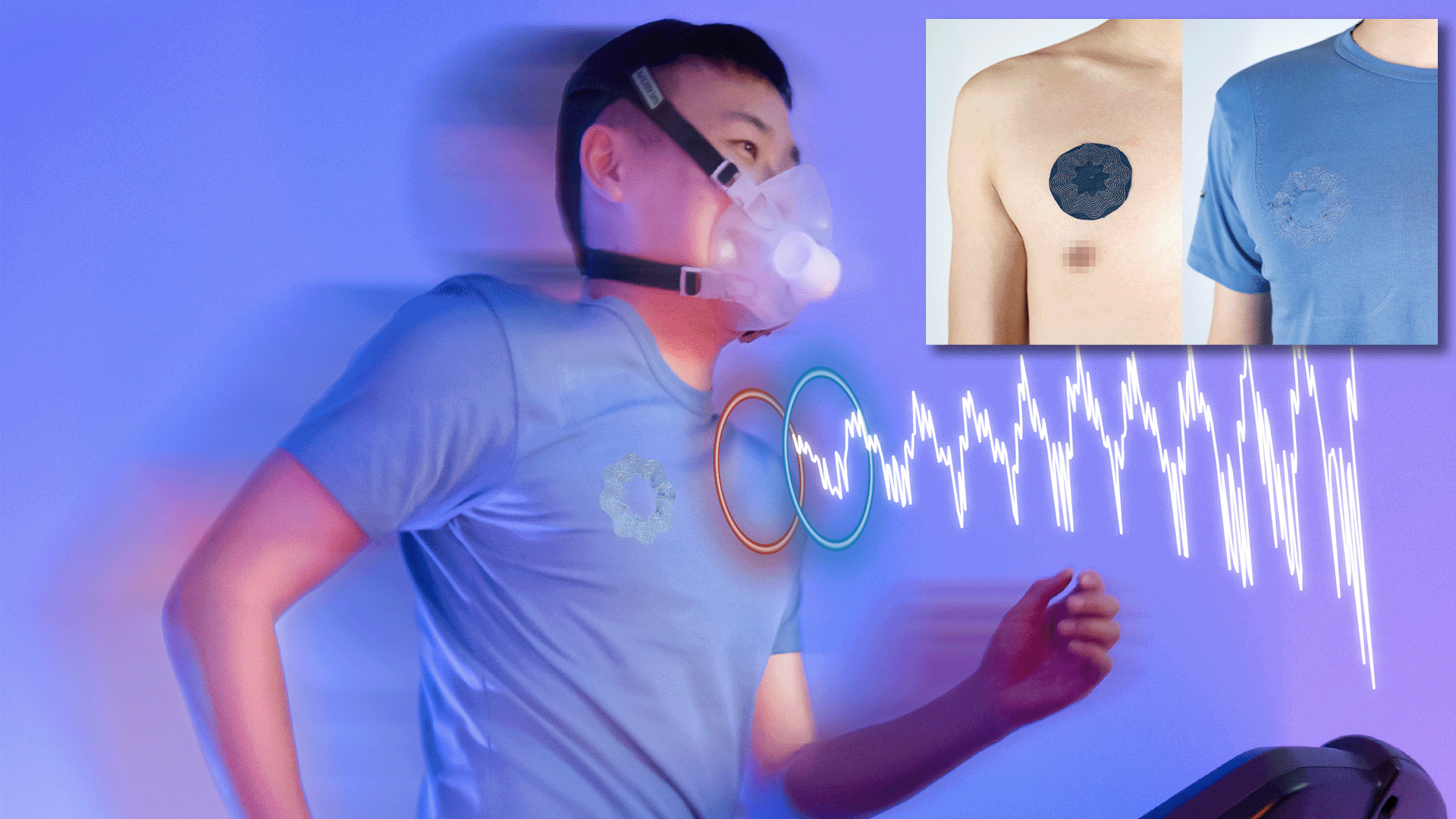
A surprising discovery in the field of electronics has revealed that loss and noise can have a positive and coordinated effect in some systems, potentially opening the way for major advances in performance in sensors and communications systems.
The discovery led by Li Zhipeng, Research Fellow at the Department of Electrical and Computer Engineering at CDE, upends conventional assumptions that loss and noise are inherently bad in electronic devices – for example, hindering accuracy in sensors - and are therefore something that should be minimised.
Loss refers to the dissipation of energy in a system, while noise refers to random fluctuations in the operating environment that disrupt signals
“Traditionally, scientists and engineers have tried to reduce loss and minimise noise separately to improve system performance,” said Li. “However, our research shows that in some cases the noise – especially when combined with loss - can actually be helpful rather than harmful.”
The discoveries were published recently in the journal Physical Review Letters and Science Advances.
The research could be especially significant in the fast-growing field of wearable sensors, such as those built into smart watches, which are susceptible to noise that can interfere with or even swamp the signals they are designed to detect.
Until now, a standard approach has been to try to minimise or eliminate noise through techniques like filtering or active noise cancellation. This new research, however, proposes a different perspective.

Stochastic resonance
“Our discovery builds upon a phenomenon called stochastic resonance which has been observed to also occur in nature,” said Li. “For example, sensor organs in crayfish have been shown to detect motion more effectively in a somewhat noisy environment.”
To leverage this and demonstrate the practical implications of stochastic resonance, the team worked with research colleagues in China and under the leadership of Associate Professor John Ho and Associate Professor Cheng-Wei Qiu (Electrical and Computer Engineering) to develop a wireless wearable sensor that monitors a person's breathing during exercise.

Made from two pairs of wearable oval patches woven with special silver wire, the distance between the patches changes as the wearer moves, altering their resonant frequency.
In a series of experiments, the sensor's performance improved as the wearer's movements became more vigorous, producing increased input noise that led to a boost in sensitivity. Interestingly, the sensor's ability to detect weak signals peaked at a particular level of noise, showcasing the effect of stochastic resonance.
Taking this a step further, Li and his fellow researchers found that the combined - or synergetic - presence of both loss and noise can lead to an even better sensing performance.
To do this, the team focused their study on a class of components known as nonlinear non-Hermitian resonators. These resonators have complex properties that make them different from typical systems, whereby loss can be reversed and used positively.
By combining loss and noise, they were able to strengthen and improve the signals in the system, demonstrating that the signals become more intense and fluctuations decreased when loss and noise were both present.
“This happened because the nonlinearity helped create a special behaviour called bistability, which allows the system to switch between two stable states,” Li said. “When noise and loss were added, it made the switching between states more controlled and improved the overall quality of the signals.”
The team’s research challenges what has previously been thought about loss and noise in electronic systems.
“Instead of fighting against loss and noise, our research shows that harnessing it could significantly enhance sensor performance,” said Li.
Assoc Prof Qiu said the team's findings have important implications for the design and optimisation of electronic devices.
"Whilst further studies and research are needed," he said, "by leveraging the synergetic effects of loss and noise, this discovery could help engineers design more efficient and robust electronic devices for various applications such as sensing and communication.”





